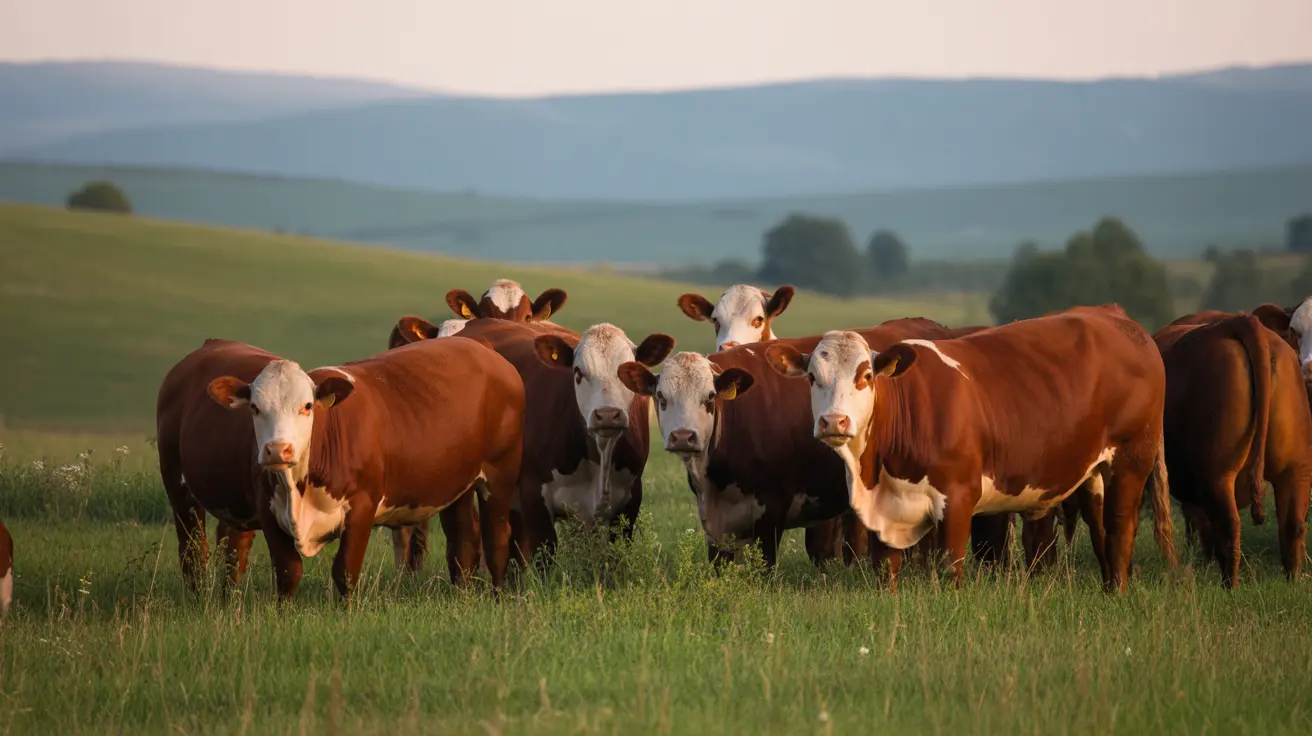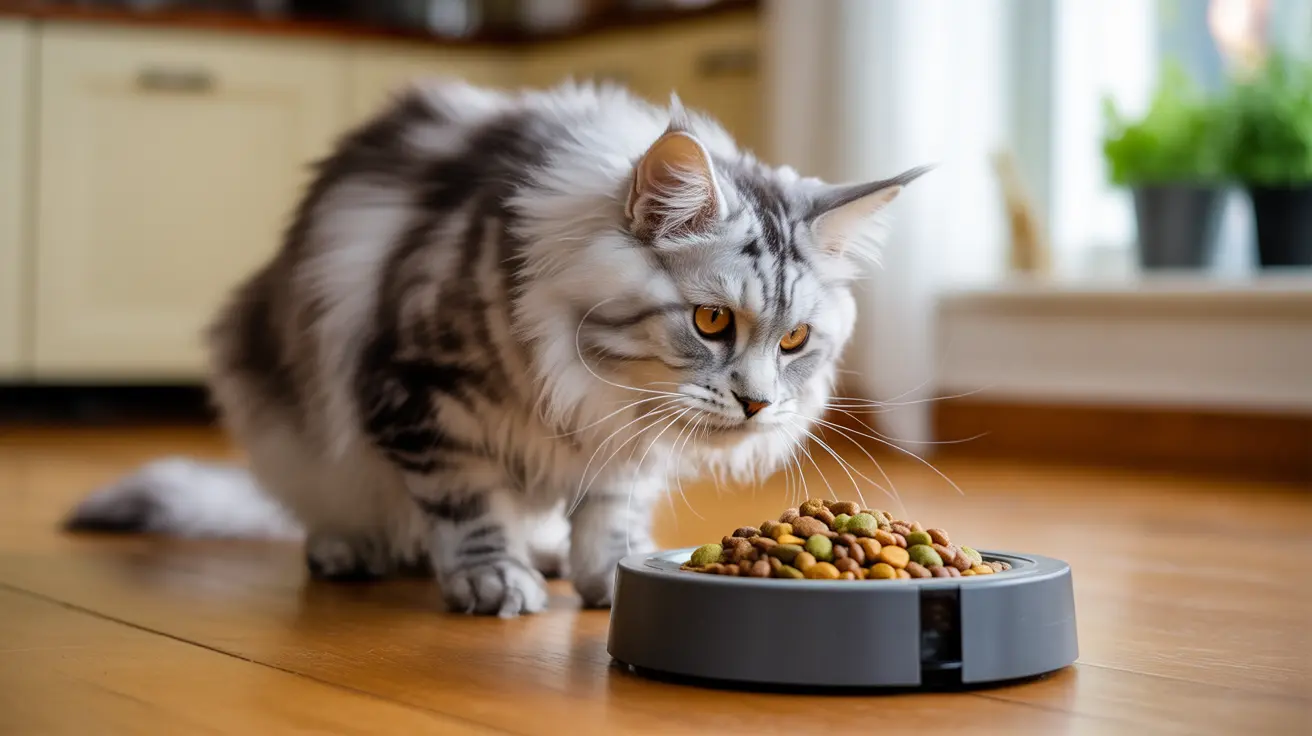Animal Agriculture Greenhouse Gases: The Hidden Climate Culprit
The study emphasizes that animal agriculture greenhouse gases represent a persistently neglected force in climate discussions, despite their massive environmental footprint. Industrial livestock operations generate emissions through multiple pathways, creating a complex web of environmental impacts that extend far beyond what many consumers realize.
Understanding these emission sources helps pet owners recognize why sustainable pet food options and environmentally conscious choices matter for the broader ecosystem that affects all animals, including our beloved pets.
Beef Production Carbon Footprint Leads Environmental Impact
Research consistently shows that beef production carbon footprint significantly exceeds that of other protein sources. The intensive resource requirements for cattle farming—including vast amounts of land, water, and feed—create cascading environmental effects that ripple through ecosystems worldwide.
This knowledge can inform pet owners when selecting dog and cat foods, as many premium pet food brands now offer sustainably sourced protein options that consider environmental impact alongside nutritional quality.
Methane Emissions Cattle and Nitrous Oxide Agriculture
Two primary greenhouse gases dominate industrial livestock farming environmental impact: methane and nitrous oxide. Methane emissions cattle produce through digestion represent a potent short-term climate forcer, while nitrous oxide agriculture generates through fertilizer use and manure management creates long-lasting atmospheric effects.
These emissions underscore why supporting regenerative farming practices benefits not only farm animals but also the environments where our pets live and play. Cleaner air and healthier ecosystems create better conditions for all animals.
Factory Farming Biodiversity Loss Threatens Ecosystem Health
Beyond greenhouse gas production, factory farming biodiversity loss emerges as a critical concern highlighted in the study. Industrial operations often replace diverse natural habitats with monoculture systems, reducing wildlife populations and ecosystem resilience.
Pet owners who enjoy outdoor activities with their companions directly witness these environmental changes. Supporting sustainable meat production and plant-based alternatives helps preserve the natural spaces where pets and wildlife can thrive together.
Sustainable Solutions and Plant-Based Diet Climate Benefits
The research points toward several promising solutions, including the significant plant-based diet climate benefits for both human and pet nutrition. Many veterinarians now recognize that well-formulated plant-based pet foods can meet nutritional needs while reducing environmental pawprints.
Additionally, supporting farms that prioritize manure management emissions reduction and regenerative farming practices helps create a more sustainable food system that benefits all animals in the long term.
Frequently Asked Questions
How much does factory farming contribute to global greenhouse gas emissions compared to transportation?
While the study doesn't provide specific comparative figures, industrial animal agriculture represents one of the largest sources of greenhouse gas emissions globally. The complex emission profile includes methane from livestock digestion, nitrous oxide from fertilizers and manure, and carbon dioxide from deforestation and feed production, creating a substantial climate impact that rivals major sectors like transportation.
What are the main sources of greenhouse gas emissions from industrial animal agriculture?
The primary sources include methane emissions from cattle digestion, nitrous oxide from agricultural fertilizers and manure management, carbon dioxide from deforestation for pastureland and feed crops, and emissions from livestock feed crop production and processing. These multiple emission streams create a significant cumulative climate impact.
Why is beef production worse for the environment than chicken or pork?
Beef production typically requires more resources per pound of protein produced, including larger amounts of land, water, and feed. Cattle also produce more methane through their digestive processes compared to monogastric animals like pigs and chickens, resulting in a higher overall carbon footprint per unit of protein.
Conclusion
This important international study serves as a wake-up call about the climate impact of industrial animal agriculture, revealing how factory farming emissions threaten global climate goals. For the pet-loving community, these findings highlight opportunities to make environmentally conscious choices that benefit both our companion animals and the broader ecosystem they inhabit.
By supporting sustainable farming practices, considering eco-friendly pet food options, and staying informed about environmental impacts, pet owners can play a meaningful role in addressing the factory farming climate crisis while ensuring healthy, happy lives for their beloved companions.





